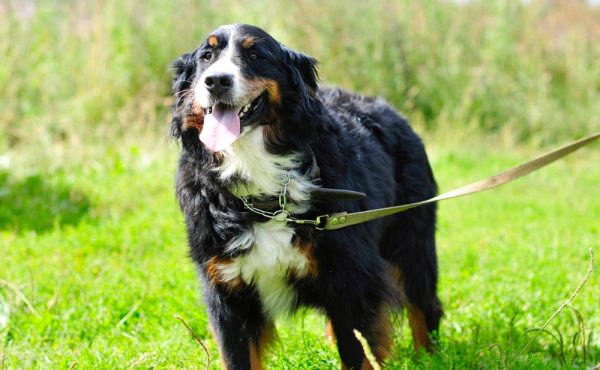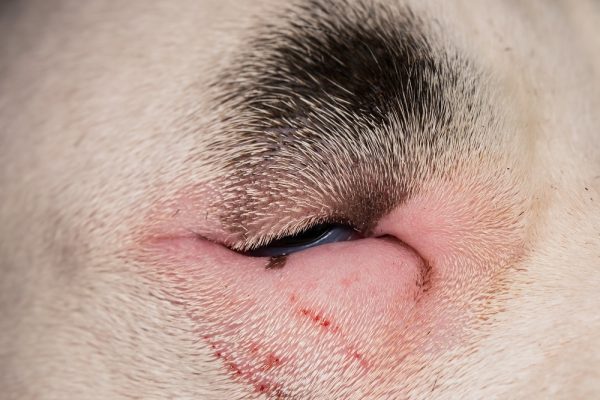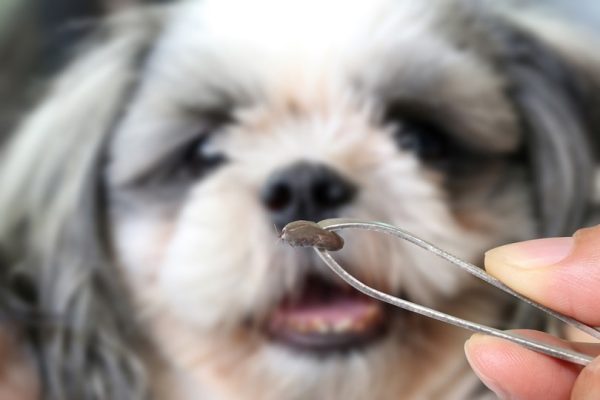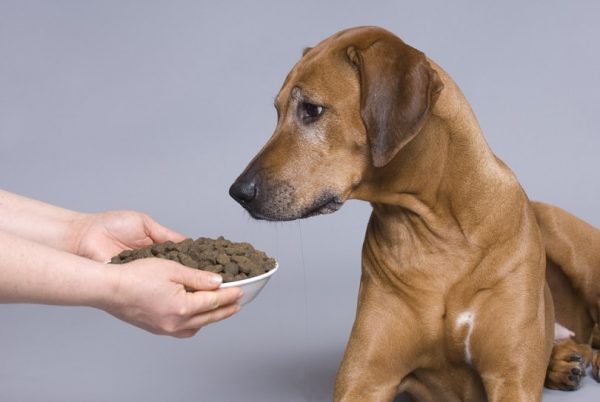In this article
Although all breeds have unique traits, there will typically be a few differences between males and females. The Cocker Spaniel is no different. While both genders are gentle and loving, each has some characteristics distinctly their own. For example, male Cocker Spaniels are more playful and affectionate, while females mature faster and can be moodier. There will also be minor differences regarding their health and how they’re cared for.
The information below will help you compare the male and female Cocker Spaniel to decide which gender is best for you.

Visual Differences

At a Glance
- Average height (adult): 14–16 inches
- Average weight (adult): 20–30 pounds
- Average height (adult): 13–15 inches
- Average weight (adult): 20–25 pounds

Cocker Spaniels 101

The Cocker Spaniel descended from the English Cocker Spaniel. Why “cocker”? The name comes from the woodcock, a bird these sporting dogs flushed out for hunters. Cocker Spaniels only came to the U.S. late in the 1800s, but it wasn’t until after World War II that their popularity as pets started to rise. They come in various colors (black, brown, red, buff, golden, silver, cream, sable, red roan, blue roan, and many combinations) and are exceptionally adorable with their long ears and puppy eyes.
When it comes to temperament, the Cocker Spaniel is known for being friendly, intelligent, gentle, and fairly active. These qualities make them wonderful pets and playmates for children of all ages. Despite their easygoing natures, they also make excellent watchdogs. Cocker Spaniels tend to be obedient, which helps with training, but they may also prove stubborn, making things a bit harder in that area.
Overall, the Cocker Spaniel is an outstanding addition to any home.
Male Cocker Spaniel Overview
Personality / Character
There are a few negligible differences between the male and female Cocker Spaniels regarding personality and character. Males can be more loving than females, and they will bond with all family members instead of just one. They hate to displease their owners and come running if they see you in distress. They also have more energy, will want to play more, and will seek your attention more than a female would. Another positive for males is that they are less prone to mood swings.
On the less positive side, male Cocker Spaniels are more dominant and likelier to get into fights with other dogs. They will also be more prone to wandering, particularly if females are in heat around. These guys can also be a bit messier than their female counterparts.
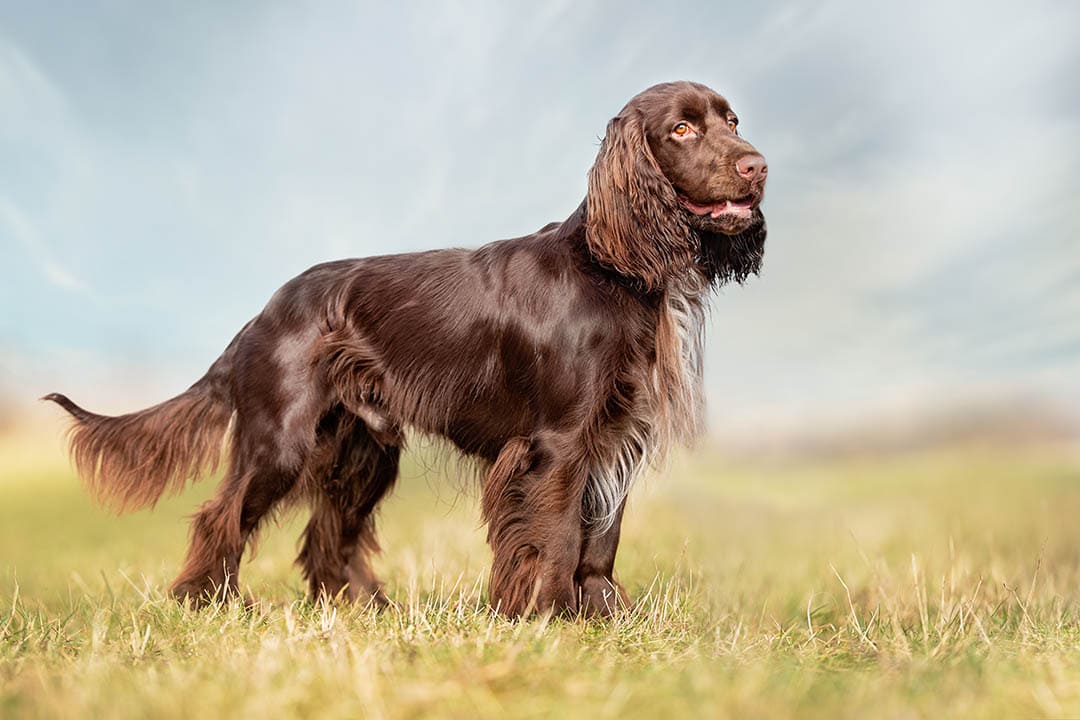
Training
Male Cocker Spaniels can be stubborn, which can make training more complicated. Despite their dislike of displeasing their owners, they will be more likely to fight you every step of the way. Conversely, since they’re also eager to please, you can work with them as long as you’re patient.
Males are also more easily distracted. You might have their attention for a couple of minutes, but then they’ll see something out of the corner of their eye and focus on it rather than you.
Health & Care
There are a few health issues you should watch out for regardless of whether your Cocker Spaniel is male or female. These include:
- Cherry eye
- Progressive retinal atrophy
- Ear infections
- Obesity
- Lip fold dermatitis
When it comes to diseases that are more likely to affect males, you’ll want to look out for the following:
- Entropion
- Phosphofructokinase Deficiency
- Dilated Cardiomyopathy
Your Cocker Spaniel will need between 45 minutes to 1 hour of exercise daily. This can include daily walks, a game of fetch in the yard, or just general play. Males have large appetites and LOVE to eat, so you’ll need to be more careful to monitor their diet so they don’t overdo it. Generally, between 1.5 and 2.5 cups of food a day should be sufficient, but discussing your pet’s nutritional needs with your vet is always best. Cocker Spaniels require brushing almost daily to maintain their coats, along with a bath, trim, and nail clipping every 7 weeks or so.

Breeding
A male Cocker Spaniel will reach sexual maturity between 8 and 11 months of age. Male dogs, unlike females with heat, are sexually active all year. While males can sire pups of their own even at 5 months, they will be most fertile between 12 and 15 months of age.
When male Cocker Spaniels reach the age of sexual maturity, you may notice a couple of changes in their behavior. They may become more territorial and begin marking and may also start to wander, searching for females in heat.
- More affectionate
- Less prone to mood swings
- Can be defiant
- Harder to train

Female Cocker Spaniel Overview
Personality / Character
Female Cocker Spaniels enjoy getting attention just like their male counterparts. However, as the more introverted of the two, they also enjoy time to themselves. While they will be active and playful as puppies, they tend to relax when they are about a year old. Females are prone to having mood swings—not getting what they want can make them sulky!
You generally don’t have to worry about female Cocker Spaniels attempting to assert their dominance. Though they make great pack leaders, they don’t care about the canine hierarchy and are less likely to fight other dogs.
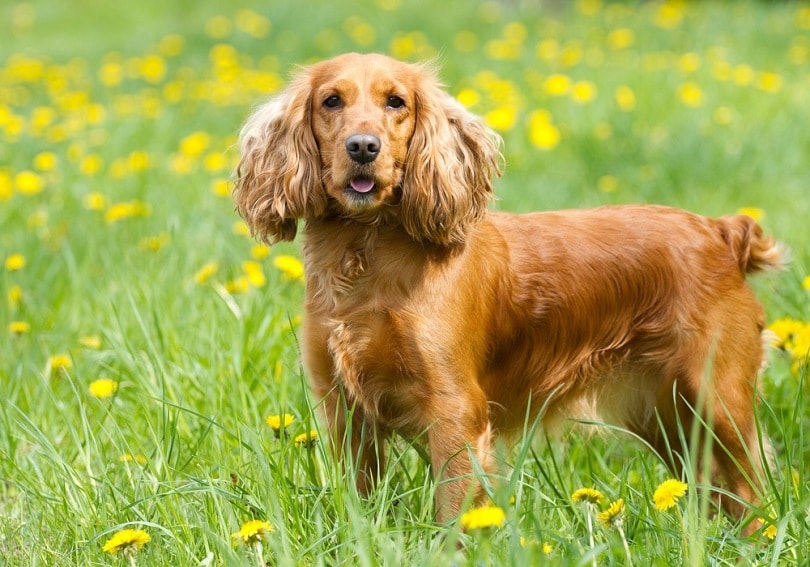
Training
You’ll find training a female Cocker Spaniel to be easier than training a male. Females are less distractible than males, and they tend to be a bit smarter, too. Also, females mature faster, so you can start training earlier. Since they care less about being dominant, you won’t have to worry about constantly trying to re-assert yourself.
Female Cocker Spaniels are excellent hunters, even more so than male cocker Spaniels.
Health & Care
As stated above, there are a few health issues you should watch out for, whether your Cocker Spaniel is male or female, including cherry eye, progressive retinal atrophy, ear infections, obesity, and lip fold dermatitis. But, like the male Cocker Spaniel, female Cocker Spaniels have health issues they are more likely to develop. For females, you should be aware of the following:
- Canine liver disease
- Mammary tumors (if not spayed)
Spaying your female Cocker Spaniel (especially before their first heat) will reduce her chances of developing mammary tumors. As for exercise and grooming, they will be pretty much the same as male Cocker Spaniels. As far as feeding, since their appetites won’t be quite as large, you should be fine feeding them between 1 and 2 cups of food a day unless your vet states otherwise.
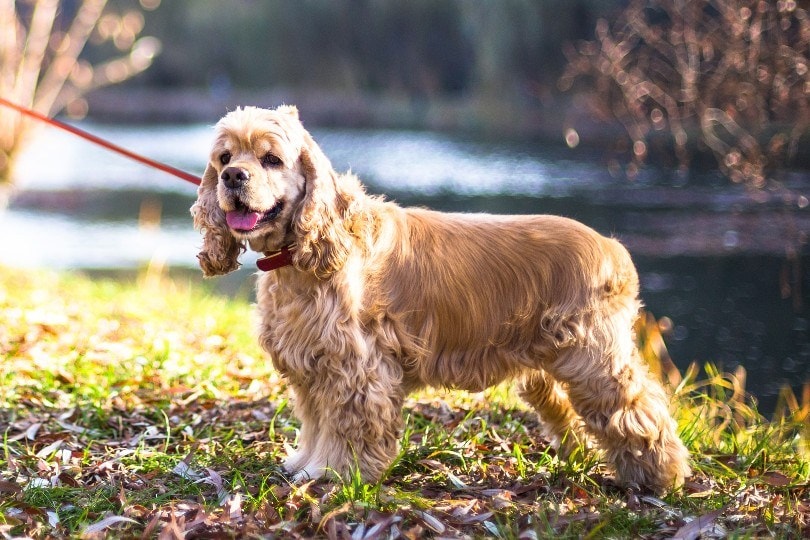
Breeding
Female Cocker Spaniels should experience their first season between 8 months and 1 year of age. Signs that she is experiencing heat include displaying the genitals, being more affectionate than usual, and a light-red discharge of blood. The heat will last approximately 3 weeks and includes different stages.
During proteus, or the first stage, your pup’s vulva will swell, and she will show off her genitals to dogs and people. She will also start becoming much friendlier than normal. Not long after this, you will start seeing a bloody discharge.
When the blood becomes a light pink or tannish, you’ll know your dog is around the halfway mark of her heat. This stage is when the eggs have been released, and she is ready for mating. When blood changes to a darker red color, the heat cycle is ending. It should be around 6 months before another occurs.
- Less dominant
- Mature faster
- Moody
- Can be deadly in a fight

Which Gender Is Right for You?
Both male and female Cocker Spaniels make for fabulous pets. They are mostly easygoing, get along great with kids, and are affectionate toward their family members. They also make wonderful guard dogs. However, both genders have pros and cons depending on your family’s needs.
If you have less time to train a puppy, you will be better off sticking with a female. If you’re looking for a more affectionate pup that won’t get sulky on you, you’ll have more luck picking a male. Then, there are the gender-specific health risks to consider. Males have a bit more to be concerned about in that area, but keeping your dog active, watching their diet, and visiting the vet regularly will help immensely.
No matter which gender you select, you’re guaranteed to love your new furry friend!
Featured Image Credit : Up: otsphoto, Shutterstock; Down, Katrina_S, Pixabay


